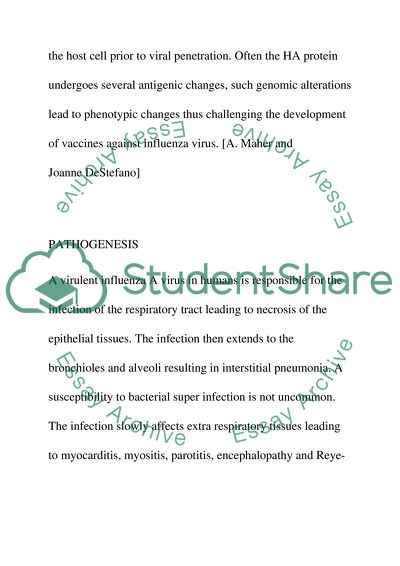Influenza A virus Essay Example | Topics and Well Written Essays - 500 words. Retrieved from https://studentshare.org/miscellaneous/1522618-influenza-a-virus
Influenza A Virus Essay Example | Topics and Well Written Essays - 500 Words. https://studentshare.org/miscellaneous/1522618-influenza-a-virus.


